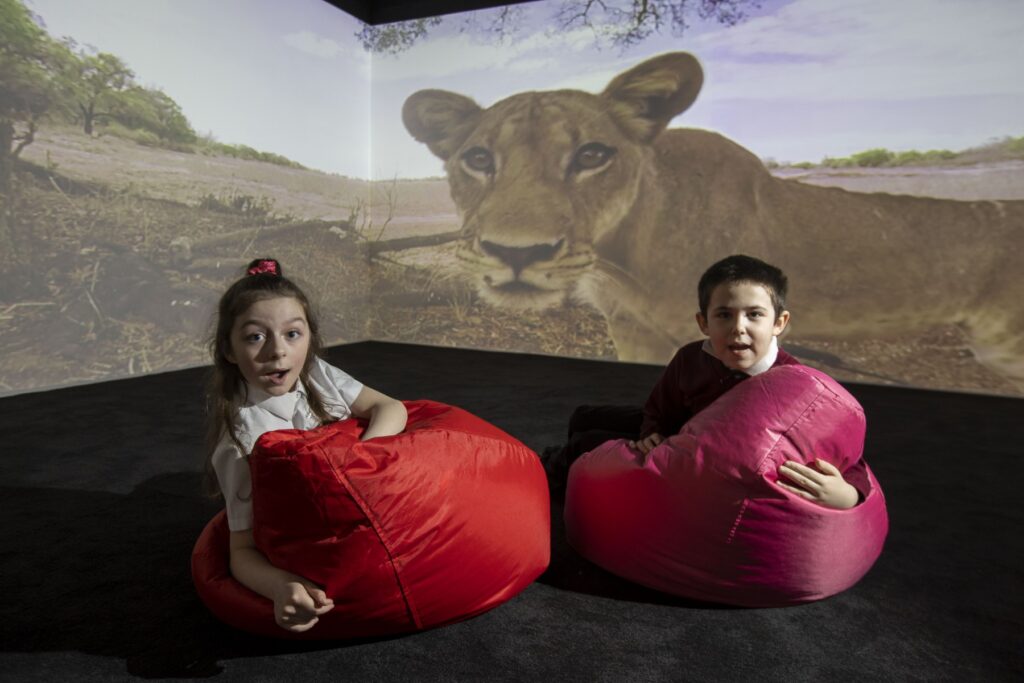
In March 2021, when students of North Lanarkshire in Scotland returned to school, they were in for an enormous surprise.
They were treated to a unique 360-degree experience of how it feels to float in outer space, dive deep under the ocean and even climb to the peak of Mount Everest – all thanks to the UK’s first-ever 5G enabled immersive facility.
Yes, the fifth generation of mobile connectivity will usher in a new technological dawn.
And, India has already shown a vested interest in 5G with a keen readiness to adopt its many applications. In fact, GSMA Intelligence predicts that 5G connections in India will reach approximately 7% of the total population by 2025 (that’s 88 million subscribers) and a staggering 93% by 2040.
The global benchmark for 2023, according to Ericsson’s Mobility Report, is that the number of 5G subscriptions will cross the 1 billion mark, and will cover 20% of the global population.
We can condense all these figures into a single notion: educators and students around the world are on the edge of major changes to the models of learning we know today.
Isn’t it an exciting prospect that the current education system will transform into unrecognizable and technologically awe-inspiring classrooms of the future in a mere matter of years?
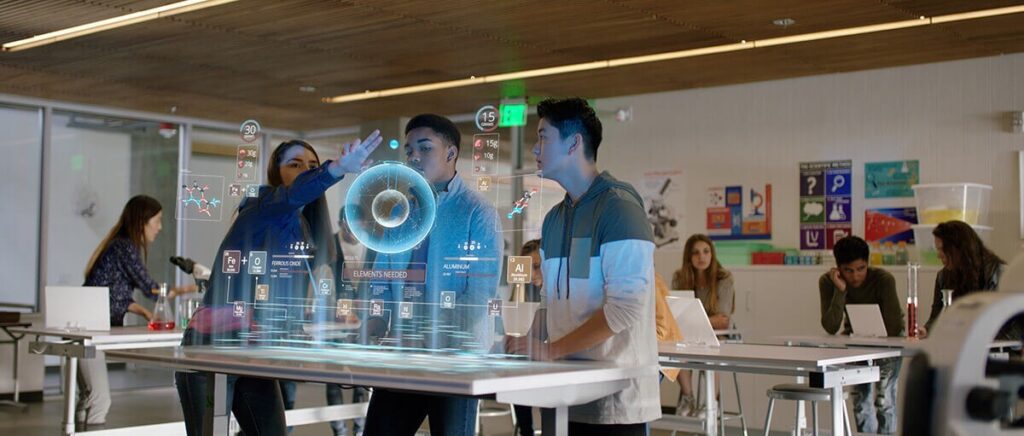
Impact of 5G on Education
It’s no wonder then that educational institutes and governments across the world and India are waking up to the many potential impacts 5G will have on its school and college system.
While the possibilities are truly endless, here’s our list of the top 4 impacts to watch out for:
1) Increased Access to Remote Learning
5G could unlock an entirely new capability for classrooms regarding remote learning.
With 5G-enhanced bandwidth and speed, it’ll become much easier for schools everywhere to connect with students in their local communities in real time.
This means that high-quality education will be available to students living in rural areas of India through seamless video streams.
Especially in the current climate of the pandemic, 5G will help keep schools connected online and prevent interruption of virtual education.
The improved responsiveness of phones and laptops within a 5G network will allow every student equal access to the same content and curriculum, regardless of their geographic location.
For example, to ensure equity of remote learning access for students of Rutland, Vermont (70% of whom lived in poverty), a collaborative effort led by Ericsson successfully installed free 5G-enabled connections in rural communities.

2) Unlocked Virtual and Augmented Reality Capabilities
Mixed reality experiences involving Augmented and Virtual Reality (AR and VR) require incredibly high bandwidth and low latency to perform seamlessly.
Widespread 5G connectivity will lead to increased adoption of AR and VR technology in classrooms. School faculty and students will take full advantage of innovative learning tools associated with this.
For example, Microsoft’s latest ‘Mesh’ platform is a tool that can build AR and VR apps that allow for “holoportation”, or holographic virtual surroundings where students can talk, gesture and interact with virtual objects. Check out the awe-inspiring video here.
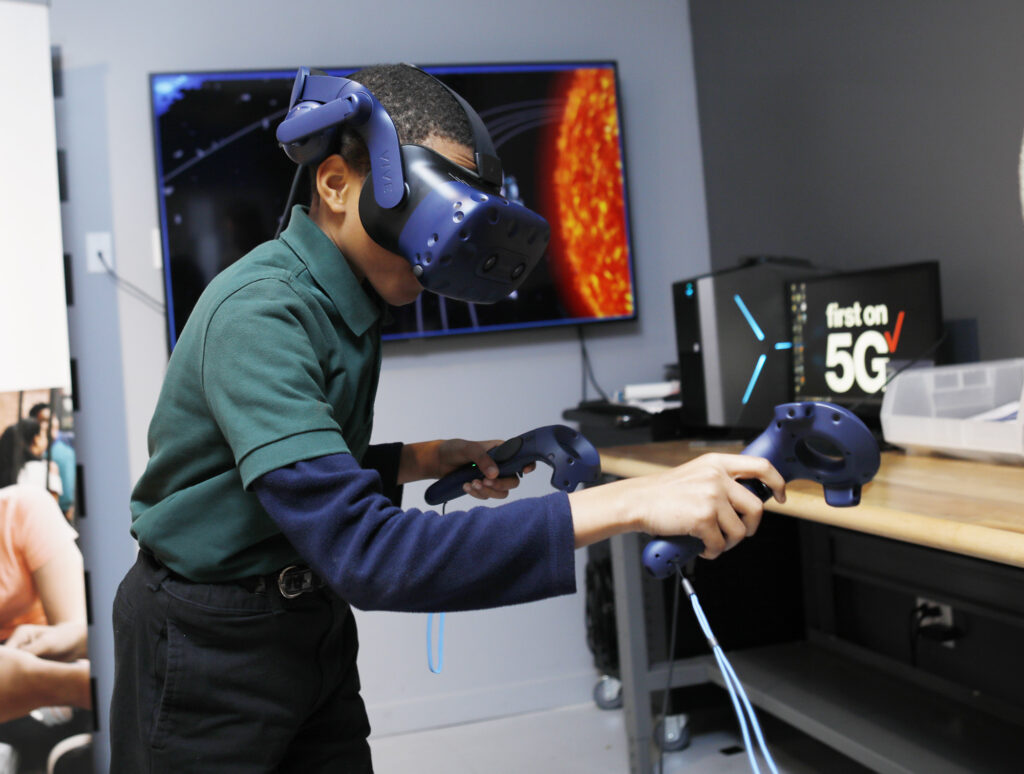
3) A New Age Media-Centric Curriculum?
Certain technologies that have become indispensable in classrooms might undergo radical makeovers with 5G.
For example, did you know that media streaming platforms like YouTube might someday go from being supplementary learning tools to a mainstream learning method?
Well, according to a Pearson study, almost 60% of Generation Z students mention YouTube as their “preferred learning platform”.
If that’s the case, 5G will bring with it many possibilities like fast enough bandwidth to download a high-quality full-length movie in a matter of mere seconds.
This will cause pedagogies like project-based learning to be transformed. Students will be able to both consume and create media-rich content instantly in a classroom setting.

4) Robots that Expand Educational Horizons
With the 5G-enabled network Internet of Things (IoT), computers will communicate with each other without any human interaction.
For example, the real-time communication and collaboration of devices like robots might be a life-changing prospect for students with special needs who benefit from working with them.
With 5G, a classroom of the future could have robots that’re capable of collaborating with teachers of students who are differently abled by adjusting the lessons instantly to their specific needs using insights derived from Artificial Intelligence.
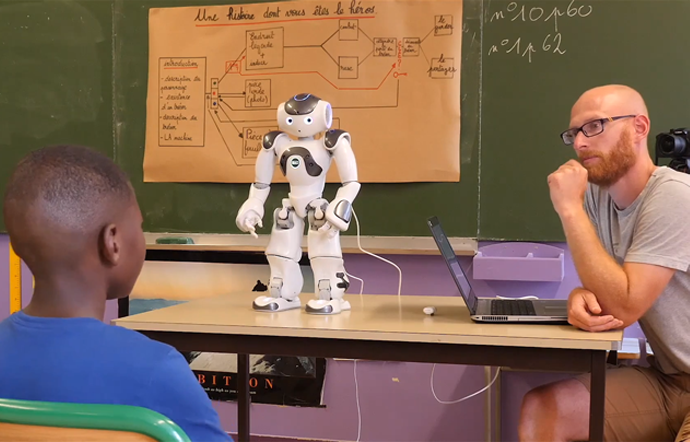
Towards a 5G Enabled Future
Introducing advanced technologies in education over time will continue to be the catalyst for major economic developments. It’s safe to say that these innovations of today are the precursors for new jobs, skills, industries, and the hyper-connected civilization of tomorrow.
And the race to the finish line is on!
Get a head start on your competitors by investing in 5G capabilities for your educational institution to attract future learners to your door.
The fastest way for you to spread this message is through robust and customized digital marketing campaigns. Hindustan Times Media’s Digital news properties including hindustantimes.com, livehindustan.com and livemint.com, have their finger firmly on the collective pulse of India and bring in over 139 million unique visitors to their websites. Find out more about partnership opportunities here.
Ready to take your brand to the next level? Connect with us today to explore how HT Media can amplify your presence across our diverse portfolio of 25+ brands and properties. Let's turn your brand vision into reality!

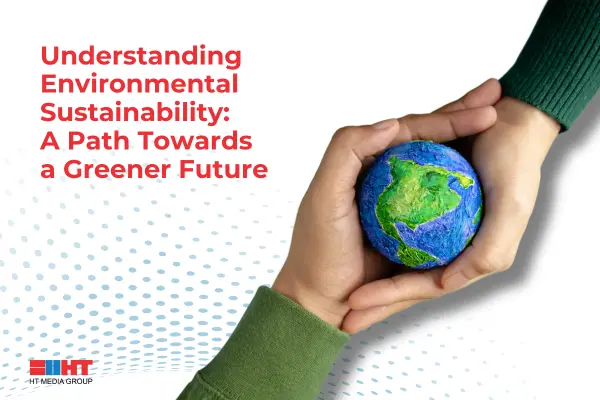



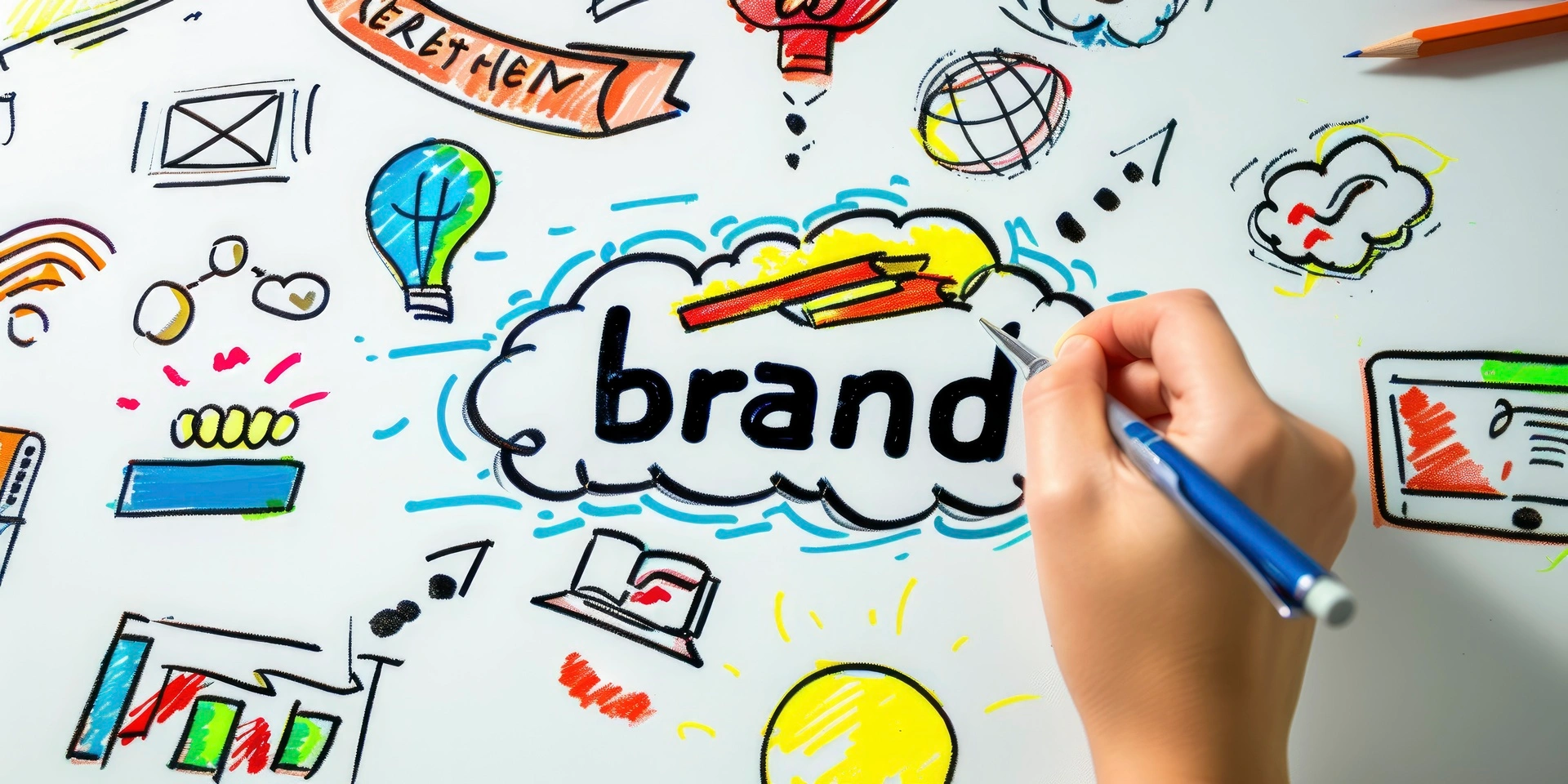
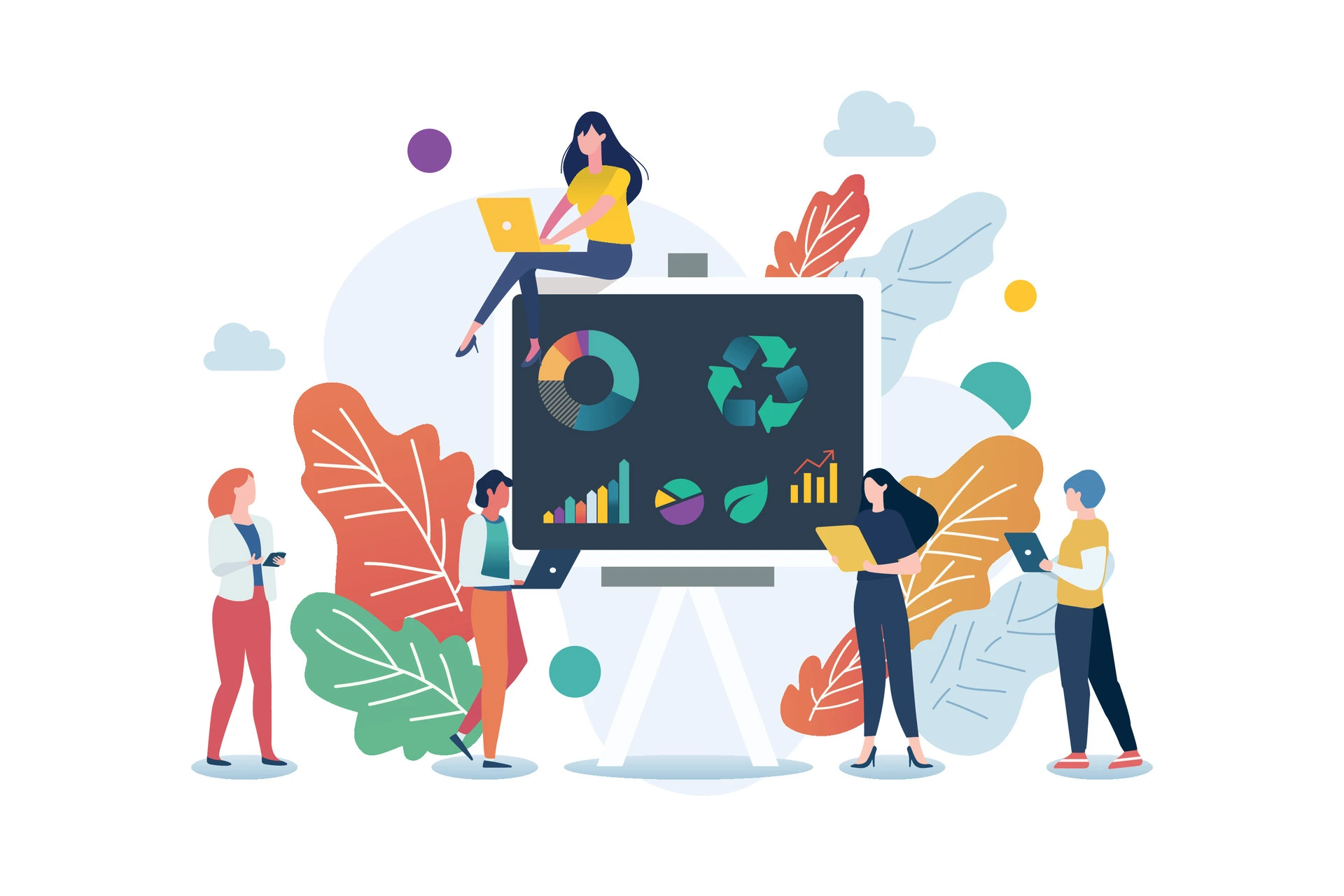
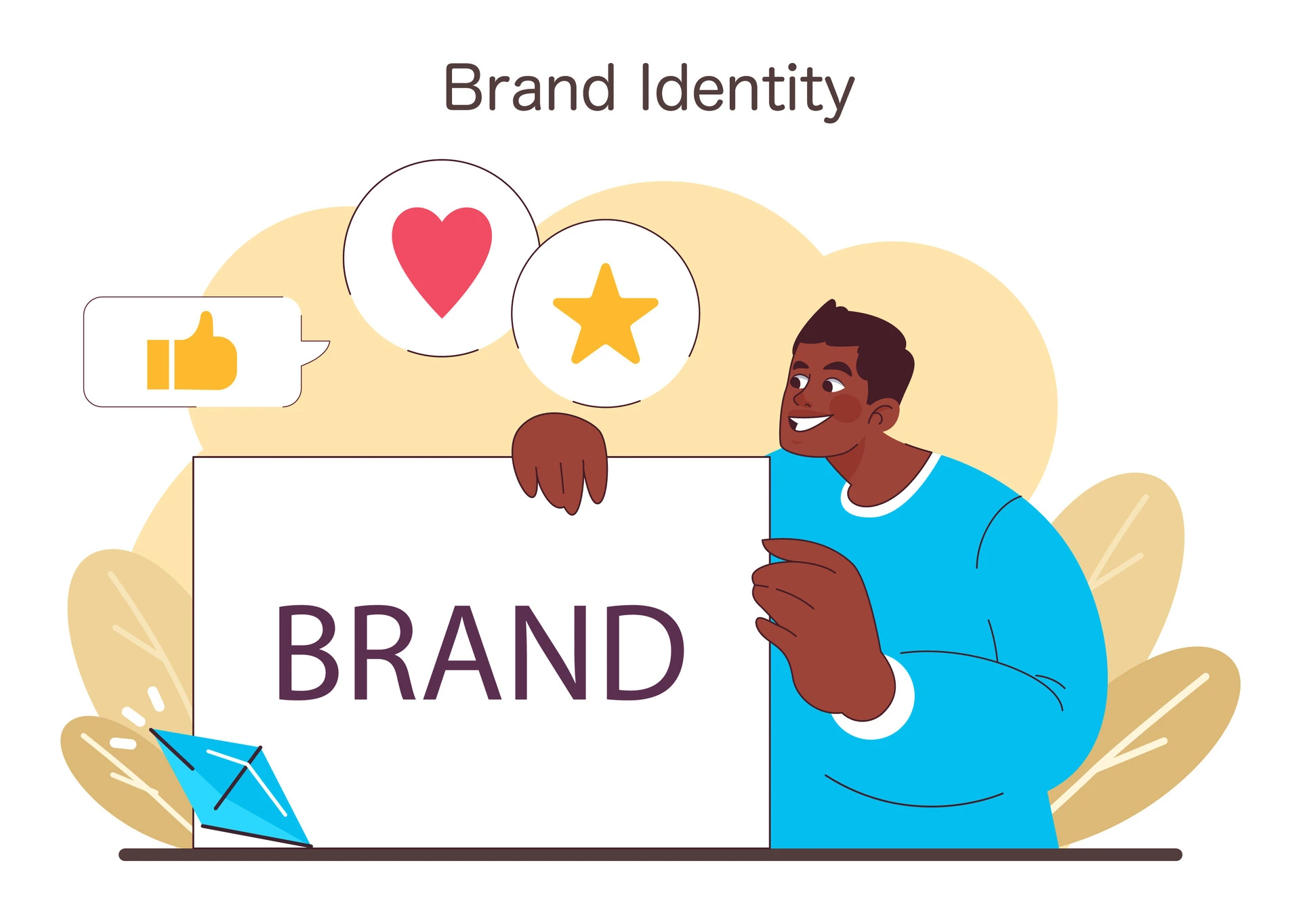





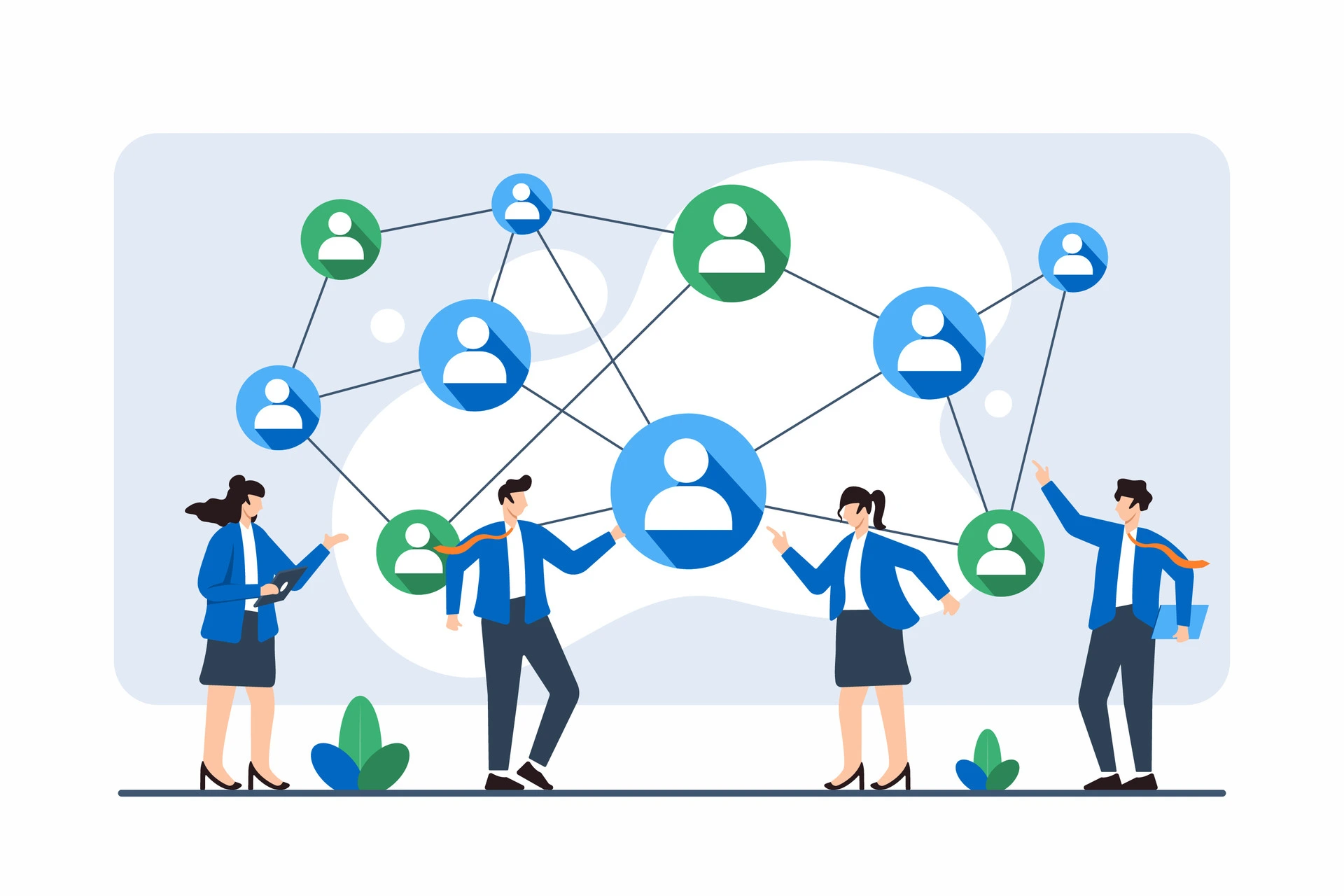


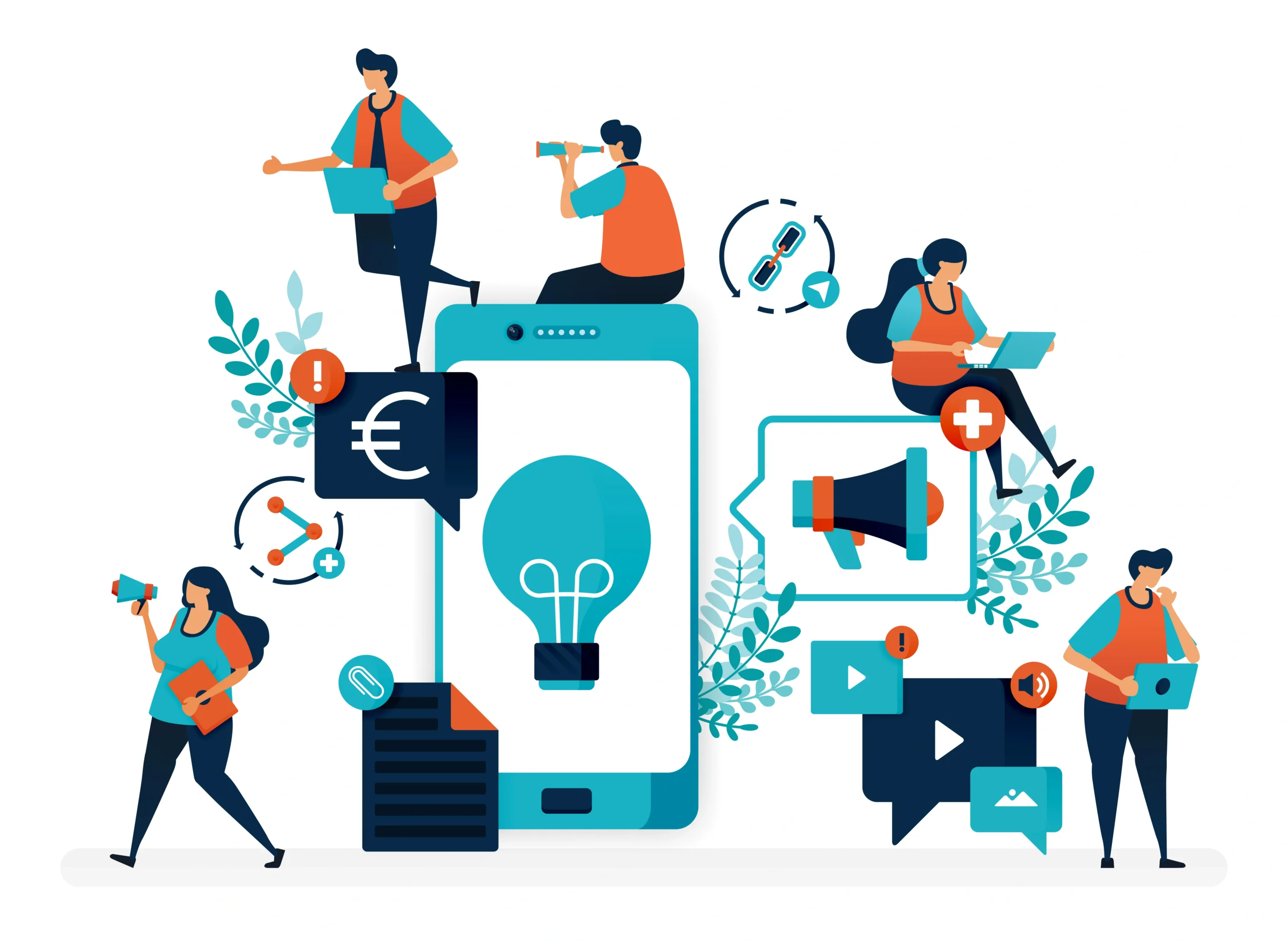

Comment